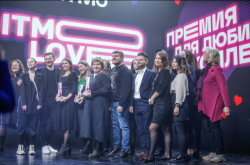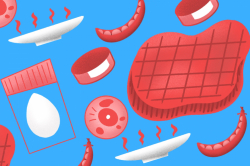Digital foodtech
Denis Baranenko, head of ITMO’s International Research Center "Biotechnologies of the Third Millennium,” organizer of Food BioTech Conference
One of the trends in foodtech is digitalization – and that includes new analytical methods. Computer vision is now being used in production processes, while optical express analysis methods make it possible to identify the quality of products and raw materials on the go. There currently are quite a lot of new solutions in foodtech digitalization and one of our aims at the conference was to hear from leading researchers which of these technologies they consider to be the most promising.
Another global trend is sustainable development, which gains more and more attention every year. The environmental situation has its effect on the food industry, which in its turn influences global development. That’s why it can be useful to analyze the effectiveness of contemporary solutions and think of new paradigms for production and consumption – especially taking into account the features of various climate and environmental agreements between governments and international organizations.
Panasonic believes that their vertical farm in Singapore showcases the next step in solving the issue of maintaining the global food supply.
One more trend these days is cancer treatment and prevention. Researchers are looking into many promising food compositions, but most importantly they’re trying to unravel the mechanisms that lead to a lower risk of cancer in certain populations – be that molecular ones or those that have to do with gene expression. That is to say, nowadays science goes deeper into the way nutrition influences our well-being.
As for healthy foods, functional products, and biologically active additives, there are quite a lot of publications, and expert discussions help us pinpoint the key ones out of this multitude. And this was also one of the conference’s objectives: we wanted to find the directions in which research needs to go and since our efforts aren’t limitless, we need to be focused and work together. That’s what we got to discuss with our international colleagues.
Nutraceuticals
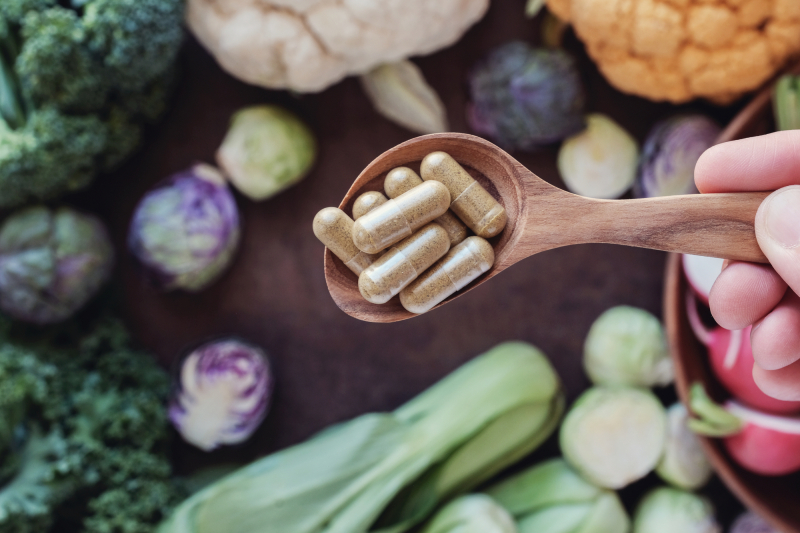
Credit: depositphotos.com
Oksana Golovinskaia, a researcher at ITMO’s International Research Center "Biotechnologies of the Third Millennium,” an associate professor of ITMO’s Faculty of Biotechnologies, co-curator of the Functional Foods and Preventive Medicine track at Food BioTech Conference
Nutraceuticals are biologically active substances, such as phenolic compounds, vitamins, or minerals, that we use to enrich food products. It’s a tool that we use to turn a normal product into a functional one, meaning that it will have additional properties apart from its original nutritional value.
One currently popular research field is the study of micro- and macroelements for a healthy lifestyle. For instance, many scientists analyze selenium, a crucial element for our bodies that can be found in seafood, eggs, and grains.
In our joint study with Prof. Chin-Kun Wang (honorary president of Nutrition Society of Taiwan – Ed.), we looked into the way microelements influence the regulation of arterial blood pressure. In particular, we summarized the data of various previous studies to demonstrate that there is a connection between blood selenium concentration and hypertonia.

Brazil nuts are currently considered the top source of selenium. Credit: depositphotos.com
A shortage in selenium increases the risk of developing this condition, but at the same time an excess of the substance can lead to diabetes, neurological disorders, and cardiovascular diseases.
In our study, we aimed to demonstrate that not only medical treatments, which often have side effects, but also vitamins and minerals can be used to regulate our well-being. We can use sodium, potassium, calcium, magnesium, selenium, zinc, copper, vitamin С, and the vitamin B complex. We also highlighted the importance of various nutritional elements in preventing high blood pressure, hypertonia, and associated conditions. Moreover, we’ve discovered that micronutrients taken with normal drugs can decrease the negative side effects of the latter.
New research for a healthy diet

Credit: depositphotos.com
Dr. Chin-Kun Wang, distinguished professor at Chung Shan Medical University, honorary president of Nutrition Society of Taiwan, curator of the Functional Foods and Preventive Medicine track at Food BioTech Conference
We often refer to regular products, such as green tea, oats, or other grains, as functional foods. We’ve done quite a lot of research on oats and found out that their consumption can significantly reduce body cholesterol levels. And, for example, green and red tea have a great anti-aging effect and improve one’s physical health.
Everyone knows that food has a lot to do with energy and balance of various nutritional elements, but I don’t believe that this knowledge is enough. I am of the opinion that food can help us be healthier – but for that we need to understand the effects of the products we consume. There has to be evidence for everything and we are looking for this evidence. We analyze the effects of various substances on animal cells and then proceed with clinical trials. It’s important to see the changes caused by different foods in the body.
It all can be very well and healthy but the main question is – how much of functional foods is the right amount. In this respect, nutraceuticals are similar to medications, meaning that we have to get the right amount of minerals and additives to ensure that we help our bodies, not harm them. Ideally, every person has to be able to understand what exactly doesn’t feel right and thus choose the needed additive. For instance, people suffering from hypercholesterolemia could opt for nutraceuticals that help lower blood pressure.
When we’re talking about pharmaceuticals and related research, we usually mean visible results, which is not the case for nutraceuticals and BAAs (biologically active additives). Pharma companies have quite a reputation on the market, so it’s hard for normal or functional foods to compete with them. It could be that our research will set the direction for new studies in the field.
Prosumerism is the new normal
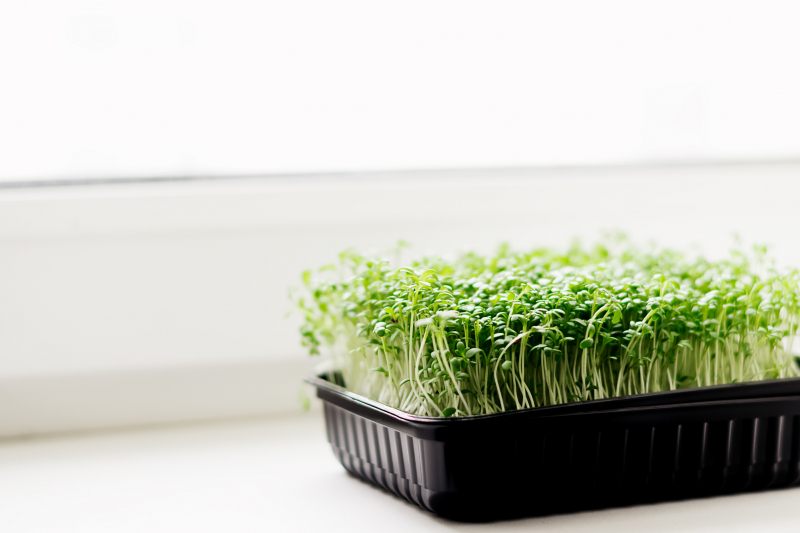
Credit: depositphotos.com
Yulia Khutornaia, a Master’s student at ITMO’s Faculty of Energy and Ecotechnology
I study the contemporary development of prosumerism, which is a portmanteau of the words “producer” and “consumer.” It means that the person producing a service or product is also the one who consumes it.
These days, prosumerism can be found in many fields of our lives. For city dwellers, it’s not just about making their own clothes and furniture, 3D-printing products, providing car and flat sharing services, or producing renewable energy, but also growing their own fruit and vegetables.
Food safety is a rather acute issue given the increasing population of our planet and its changing climate. And now with the global pandemic to boot, we are seeing a heightened interest in growing your own food, especially among city dwellers. People grow fruit and vegetables on their balconies or organize community gardens. The number of people growing their own food rose 30% since the start of the pandemic, and thus food prosumerism can be a part of our adaptation to the changing environmental conditions.
Prosumerism in general is indeed a more eco-friendly way to produce goods and services, while industrial production obviously leaves a huge carbon footprint due to employment of fertilizers, agricultural machinery, transport services, and the like. Prosumers, on the other hand, want to end up with a “clean” product, so they rely on cleaner production methods. Their priorities are the product’s safety and taste.
3D printers also make it possible for prosumers to use their resources reasonably by producing only one component instead of a whole batch or improving and mending existing products instead of purchasing new ones.
And as for services, Uber, for instance, encourages drivers to use their own cars instead of relying on taxi companies' fleets of specialized cars. This is the way it works in many fields and in this sense prosumerism stimulates circular economy.
New methods for food quality control
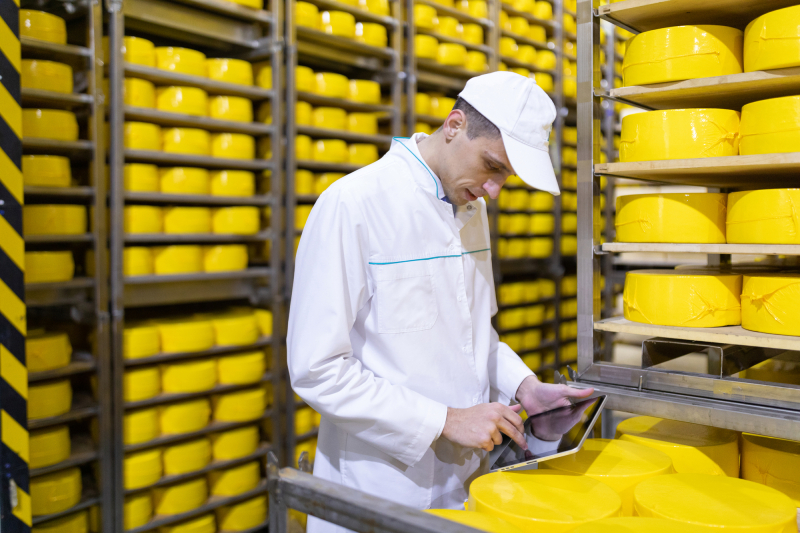
Quality control at a cheese production facility. Credit: depositphotos.com
Oleg Gradov, senior researcher at the Semenov Institute of Chemical Physics of the Russian Academy of Sciences
At the conference, I presented the results of a long-standing project on the development and customization of multichannel lens-free microscopy systems for biological media analysis. Such systems are rather compact and can be easily introduced into agricultural, biotechnological, and biopharmaceutical production chains in order to monitor the quality of raw materials on the cell and tissue levels, which isn’t possible with any qualimetric method.
The food industry needs new systems to analyze the quality of products and raw materials – and this has to be done in real-time and on the entire production line, from fields and farms (or agroindustrial facilities) to food storage. It’s impossible to digitalize the field and ensure its further development without a correctly organized quality control system.
However, not all producers can create modern multifactor qualimetry labs for food products, and it’s even harder for farms and distributors. This has to do with the fact that professional equipment is costly and complex. Moreover, the majority of producers rely on outdated standards and a regular market participant isn’t ready to invest millions into a quality control system for something that they believe to be already fit for use by regular consumers. As a result, there is a great gap between the quality control practices discussed at conferences and those that are actually employed in production and agroindustry. In other words, people don’t get to apply what they’ve learned in university in their actual work experience.
There is only one solution and that is to make high-tech and data-driven quality control methods more accessible.
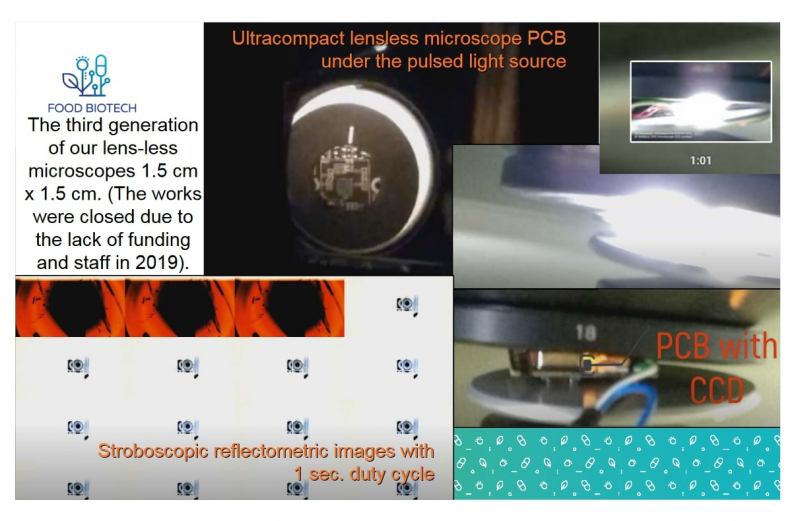
The third generation of the multichannel lens-free microscopy system for biological media analysis developed by Oleg Gradov’s group. Credit: Oleg Gradov’s presentation at Food BioTech Conference
High resolution lens-free microscopes can perform 3D visualization, multispectral and hyperspectral imaging and analysis, as well as dynamic analysis. They are also smaller than regular microscopes and don’t have fragile expensive optics, don’t require new lenses for various measurement modes, and don’t suffer from classical aberrations and distortions. Moreover, these systems are assembled as easily as LEGO blocks, which makes it possible to create custom devices for different tasks (from colorimeters to cytometers or biochemical analyzers with plasmonic resonance). That is to say that this initial saving on the core device doesn’t lead to additional costs for components and exhaustibles, which is often a cause of worry even for state-funded food quality control labs.
The current leaders in the field are research groups in the US and China, as well as some in Germany and the Netherlands. They have all they need not only to publish their findings in Nature Methods, but also to bring their products to the market. At the same time, no one knows about the studies done in Russia. That’s why I decided to openly talk about my results at the conference so that someone else could reproduce them. I also know that researchers at ITMO worked on their own lens-free microscopes, so I knew I would find like-minded people at the conference.




